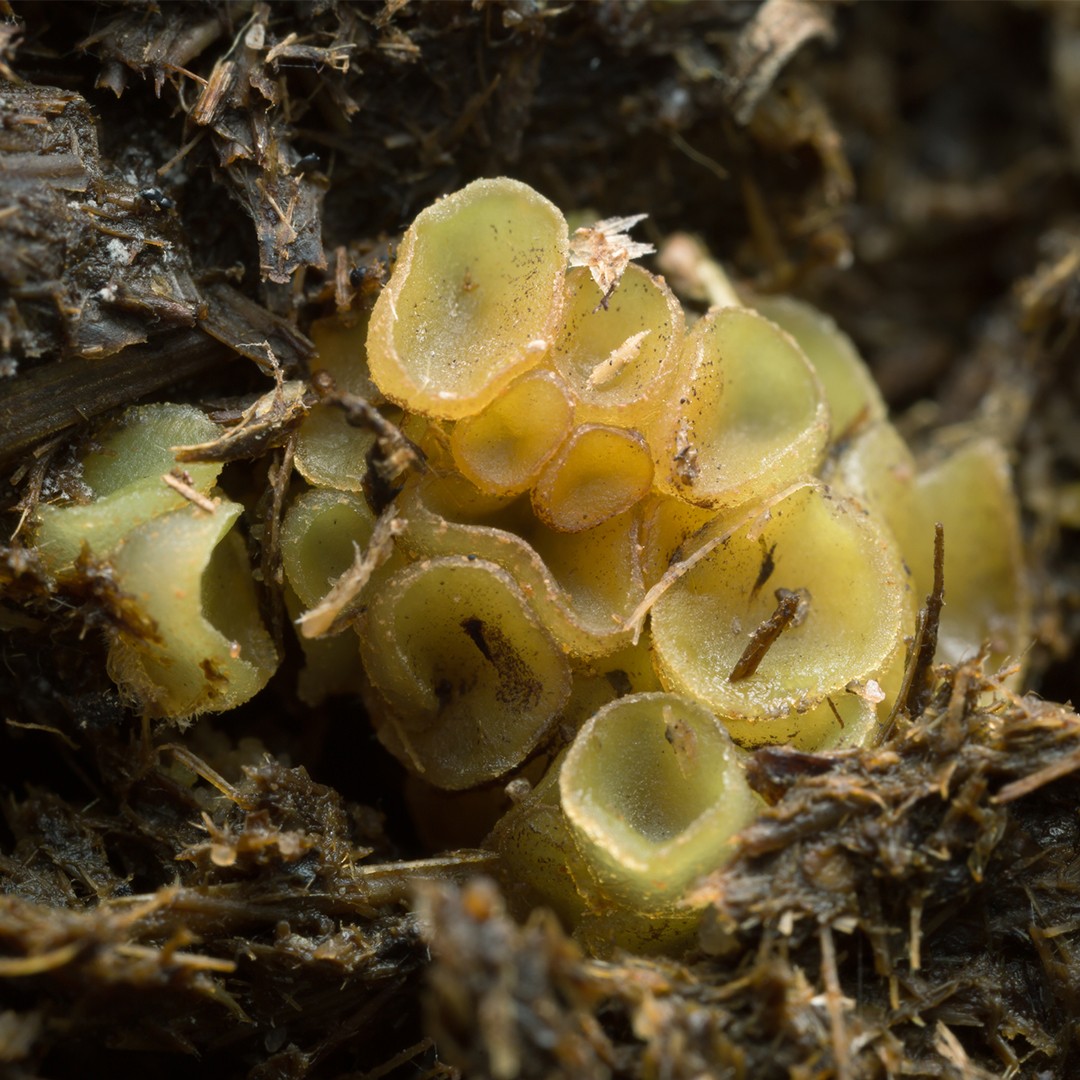Ascobolaceae
Scientific name: Ascobolaceae
Ascobolaceae
Scientific name: Ascobolaceae
 Photo By Henrik_L
Photo By Henrik_L Description
Ascobolaceae are fascinating because they are a group of fungi primarily known for their ability to break down dung, playing an important role in nutrient recycling. These fungi have an intriguing feature: their spores are discharged explosively when mature. This helps the spores travel greater distances, increasing the chances of finding new substrates. Ascobolaceae are found in various habitats, particularly animal dung, contributing significantly to ecosystem balance.
Species of Ascobolaceae

 Photo By Henrik_L
Photo By Henrik_L